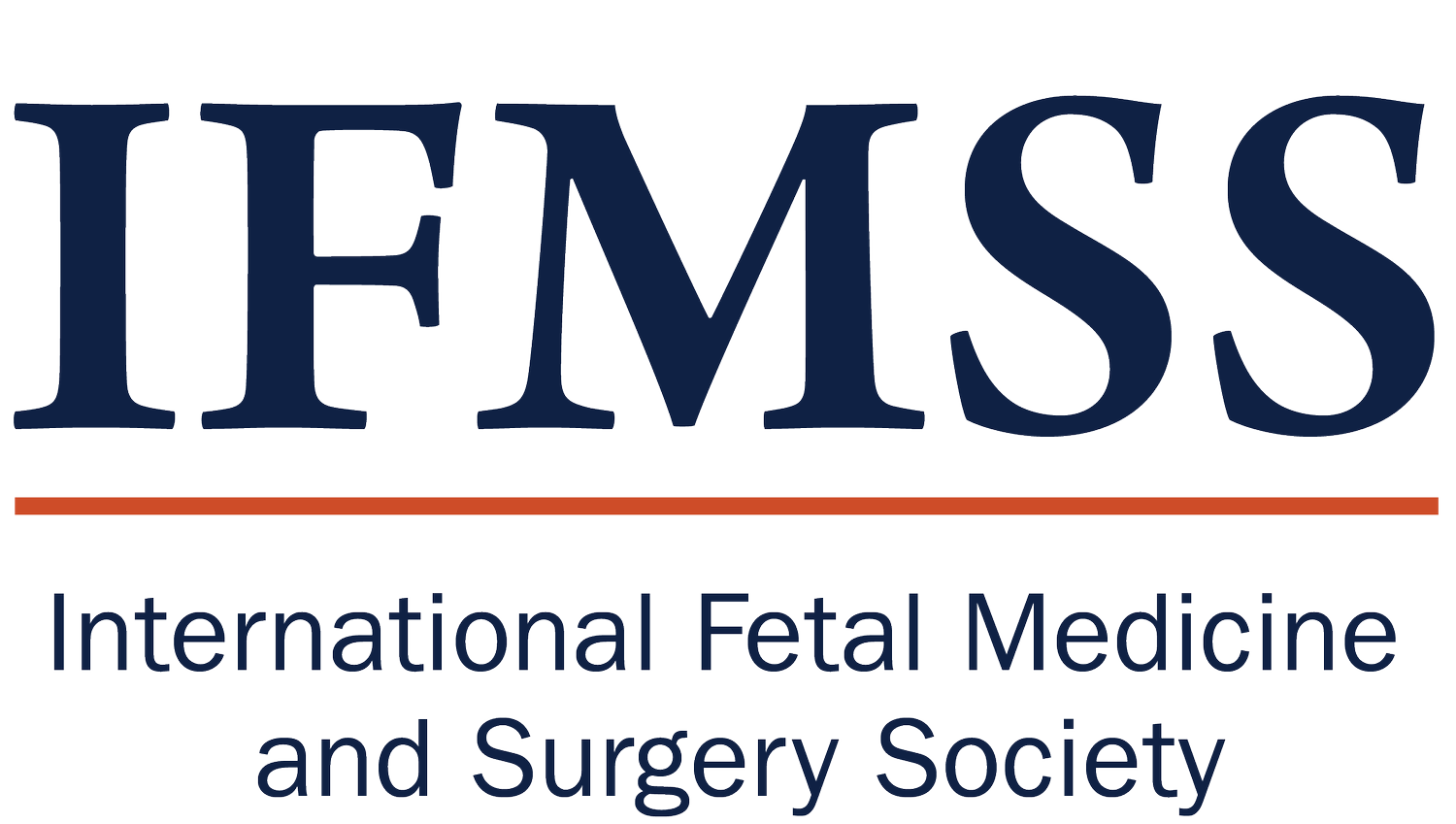“Cheerfulness to preside over all”
… “A few words” from Ireland
Multimedia work by GRID Collective representing the goddess, the saint and the human; note the St Brigid’s cross
From 2023 on, the first Monday in February is a public holiday in Ireland in honour of St Brigid. The establishment of this ‘bank holiday’, as they are known here, was partly because Ireland has one of the lowest number of public holidays within the EU. A public campaign helped to choose 1 February as the newest holiday, with the final decision being to make the first Monday of the month the official day.
Why St Brigid’s Day? Well, as so often here in Ireland, this is a story of many strands. The beginning of February is also known as Imbolc, one of four pre-Christian seasonal festivals. Imbolc marked the first day of spring and honoured Brid, a Celtic goddess associated with many things including poetry, healing and blacksmithing.
On the other hand, 1 February is associated with Brigid, a Christian nun, who is believed to have established, in Kildare in the 5th century CE, the first religious community of women in Ireland, and even to have been made a bishop. Although there is no definitive evidence for her existence, the Dictionary of Irish Biography affirms that she is “well represented in hagiography, her dossier being one of the earliest and most extensive of any Irish saint.” Nonetheless, Brigid is considered one of our three patron saints, the others being Patrick and Columba. The bank holiday, then, brings together the Christian Brigid and the Celtic goddess Brid. 2024 is being celebrated as the 1500th anniversary of Brigid’s death and a range of events is taking place in Co Kildare.
There are many activities associated with Imbolc/St Brigid still practised, the creation of a St Brigid’s Cross (see image) being one of the main ones. This is woven from straw or rushes and was believed to act as protection for the home where it was hung. Traditionally, it was made on St Brigid’s Eve, then left out on the windowsill overnight, so that Brigid/Brid the healer would touch it as she passed by.
A Living Tradition
Billeto Editorial
Singing is a gender-neutral activity. But as we are focusing on our female national saint, let’s have a look at some of the many amazing Irish women vocalists out there in every genre, including some that may surprise you.
Names which may be most familiar probably come from the world of pop or easy listening like Enya. If you are a traditional fan, Mary Black and Mary Coughlan are possibly on your playlist. But there are other genres less obviously associated with the Irish musical scene.
In opera, Tara Erraught has appeared worldwide, at venues including Glyndebourne, the Vienna State Opera, and the Met in New York. Back in Ireland, Denise Chaila is challenging misogyny – “Don’t talk about ‘female rap’ like I’m an extra in the scene” – and racism – “My name’s not THAT hard to pronounce” through her rap.
Country has always been a popular genre in Ireland, but CMAT brings a whole new edge to it in her work. Pillow Queens are an indie rock band which openly identifies as queer; like many Irish female solo artists, the members are both singers and musicians.
Other names that come to mind include Sinéad O’Connor, Imelda May, Sharon Shannon, Soulé, Dolores O’Riordan, Camille O’Sullivan, Andrea Corr, Saint Sister, Radie Peat… the list is endless.
In fact, putting Irish (female) singers into a single category contradicts an essential characteristic of contemporary Irish music-making, that synthesis of old and new and blending of genre with genre – much like Brid/Brigid brings together the sacred and the profane.
Ireland Through the Lens
Blending reality with mythology – as in the case of Brid/Brigid – is a common trope in film-making, with a number of Irish films providing good examples. Cartoon Saloon’s animations, Wolfwalkers, Song of the Sea, and The Secret of Kells create new stories out of well-known elements of Irish sagas and myths. Films such as The Secret of Roan Inish and Ondine merge real life with fantasy; both of these borrow the selkie from Scottish mythology, but the stars are Irish, two of whom (John Lynch and Colin Farrell) used to train in the same gym as I did – yet another instance of the small world that is Ireland.
The Book of Saint Brigid. Image courtesy of Capel Press.
Quark
If you want to read more about Brigid, a good place to start could be Colm Keane and Una O’Hagan’s The Book of Saint Brigid (Capel Island Press, 2021). Among those referenced in this work are Irish female icons, Grace O’Malley, Lady Gregory and Maud Gonne MacBride. So is Brigitte Bardot, who is not an Irish female icon, as far as I know.
Grace O’Malley was a 16th century pirate who harassed ships off the west coast of Ireland; drawing on contemporary records, Anne Chambers tells her amazing story in Grace O’Malley, The Biography of Ireland’s Pirate Queen 1530-1603 (Gill Books, 2019).
Lady Gregory was a close friend of Irish poet W B Yeats, with whom she helped to found the Abbey Theatre, Dublin, as the national theatre in 1904, and a writer whose topics included Irish mythological hero, Cú Chulainn, and the blind bard Raferty.
W B Yeats was entranced by the beauty of Maud Gonne MacBride and wrote about her in many of his poems. She was an activist who supported the cause of Irish nationalism and her son Seán MacBride, became the first Irish Nobel peace laureate in 1974.
I could find no Irish connection for Brigitte Bardot – milles regrets, mes amis français !




